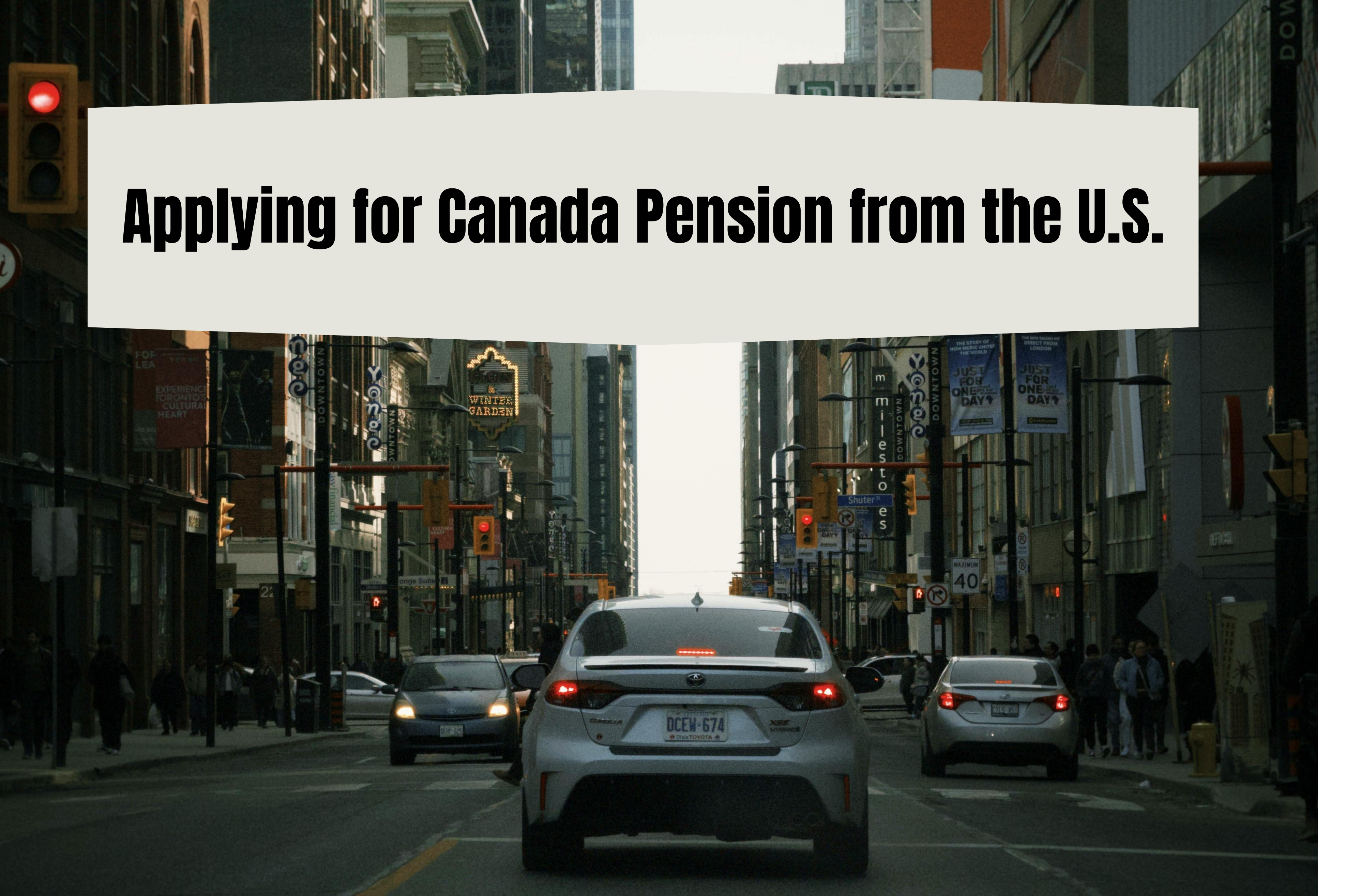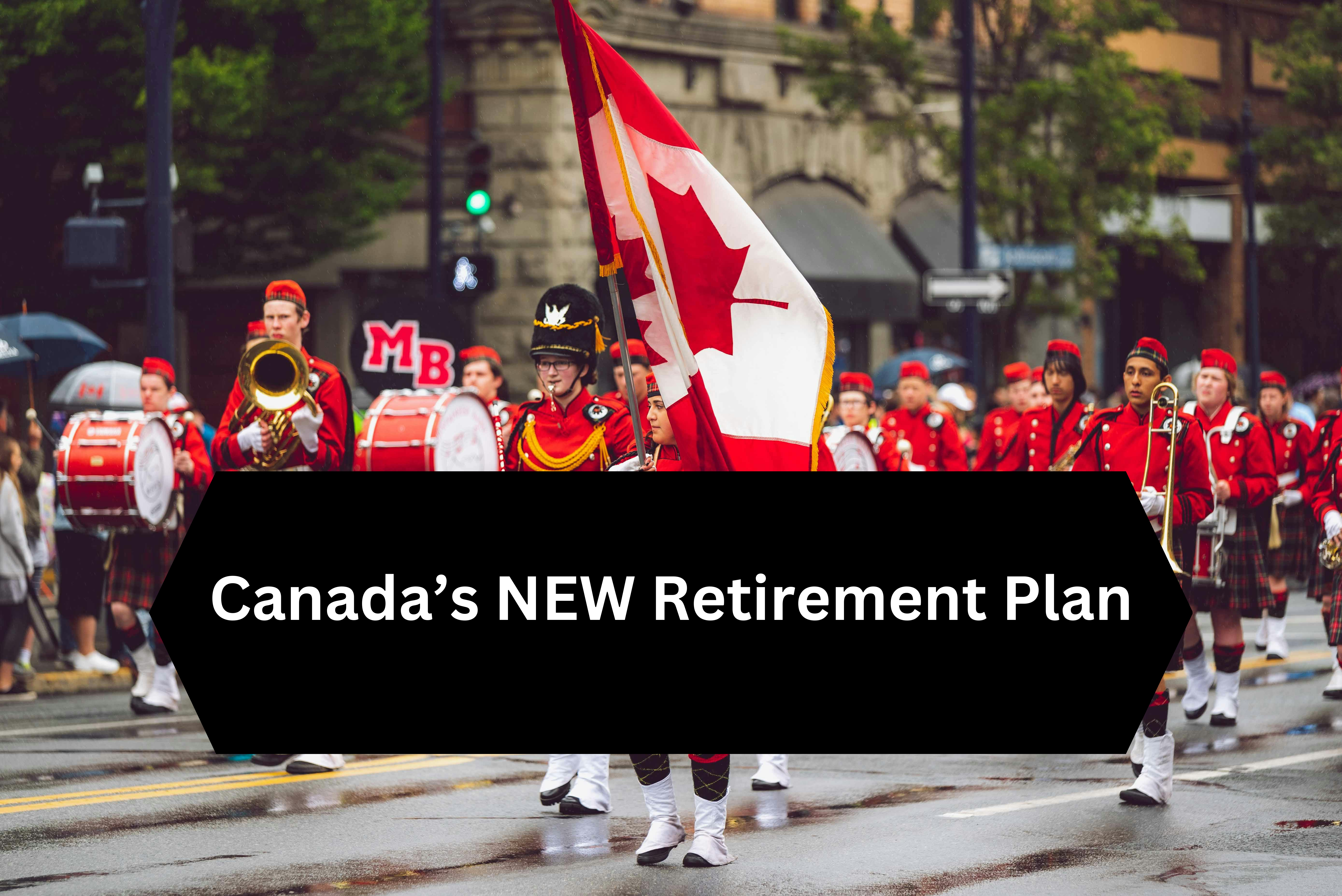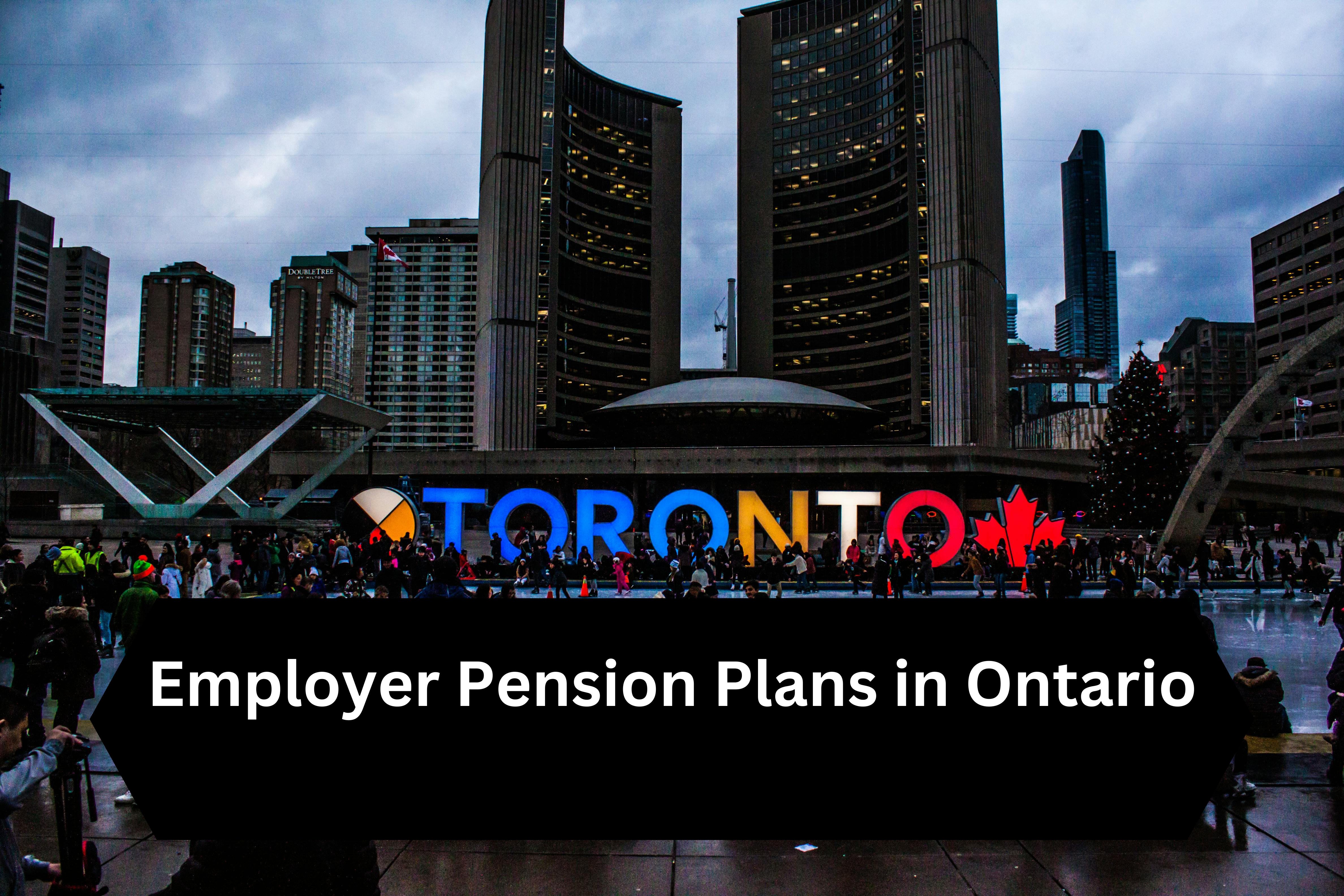Retirement Planning in Canada: The Complete Guide

Much is said and written about retirement planning in Canada, with financial experts offering different perspectives on when and how to start. But at its core, retirement planning is about one thing—securing your finances so you can enjoy your golden years without financial stress. The challenge? Traditional strategies may not be as practical or effective in today’s ever-changing economy. So, how do you build a retirement plan that truly works for you? Let’s expose the modern approach to retirement planning in Canada.
Table of Contents
Disclaimer: This article is for informational purposes only and does not constitute legal, financial, or tax advice. Pension laws, tax regulations, and eligibility requirements may change over time. Consult with a qualified tax professional, financial advisor, or government agency for personalized guidance regarding your specific situation.
When to start planning for retirement?
It’s never too early to start planning for retirement! In Canada, the earlier you begin saving, the more you can benefit from the power of compounding returns. This concept allows your money to grow over time, significantly increasing your retirement savings with minimal effort.
Let’s look at an example:
- If you start saving at 25, setting aside $2,500 annually for just 10 years and then stop contributing, your $25,000 investment could grow to approximately $300,000 by age 65 (assuming a 7% annual return).
- On the other hand, if you wait until 35 and save the same $2,500 per year for 30 years, your total investment of $75,000 may only reach around $255,000.
This means that investing for just 10 years at a younger age can potentially generate more wealth than saving for 30 years later in life! The key takeaway? The earlier you start, the greater the long-term financial benefits.
Of course, saving and spending habits vary by generation:
- Baby boomers are typically strong savers, focused on securing their future.
- Generation X tends to prioritize spending over saving.
- Millennials save, but often for short-term goals rather than retirement.
Spending habits also change over time. Young adults often manage student loans, while those in their 30s and 40s juggle mortgage payments and family expenses. By the 50s, earning potential is at its peak, and in the 60s, the focus shifts toward retirement readiness.
Ultimately, your approach to retirement planning depends on when you start, how you save, and your financial priorities. But one thing remains true—starting early gives you a significant advantage, allowing you to build a comfortable and secure future with less financial strain. Also read Retiring in Ontario
How much money do you need to retire?
The answer to this question varies depending on who you ask. Some experts suggest having at least $1 million saved, while others follow the 80% rule—meaning you should aim to replace 80% of your pre-retirement income. However, the reality is that many Canadians are not saving enough to retire comfortably.
Another commonly used guideline is the 4% rule, which recommends withdrawing 4% of your total savings in your first year of retirement and adjusting for inflation in the years that follow. While this approach provides a structured way to manage withdrawals, your actual retirement needs will depend on several personal factors, including:
- Your Retirement Age – When you plan to stop working will impact how long your savings need to last.
- Your Retirement Goals – Whether you dream of traveling the world or enjoying a quiet life at home, your lifestyle choices will shape your savings target.
- Your Retirement Expenses – Estimating your future costs, including housing, healthcare, and daily living expenses, is key to financial security.
- Your Pension Income – Workplace pensions, if available, can supplement your savings.
- Government Benefits – Programs like the Canada Pension Plan (CPP) and Old Age Security (OAS) will contribute to your income in retirement.
Your retirement age
As you prepare to transition away from full-time work, it's essential to recognize that retirement today lasts longer than ever. With life expectancy in Canada increasing—averaging 84.67 years for women and 80.62 years for men—most retirees can anticipate 20 to 25+ years of retirement. This shift means that the traditional idea of planning for a short retirement is no longer realistic.
Starting your retirement savings early gives you more time to grow your wealth through compound interest. The sooner you begin investing, the less you need to save over time, as your money works for you. By making strategic financial decisions now, you can enjoy a comfortable and secure retirement without financial stress.
Taking a proactive approach to planning ensures that your golden years are truly golden. Whether you're retiring at 60, 65, or 70, building a solid financial foundation today will help you enjoy the retirement lifestyle you envision. Also read Retirement Questions You Should Be Asking
Defining Your retirement goals
Planning for retirement starts with a clear vision of what you want your future to look like. Your personal aspirations and lifestyle choices will determine how much you need to save to support your retirement years comfortably.
Many Canadian retirees today are moving away from the traditional idea of downsizing or relocating to retirement communities. Instead, they prefer to stay in their homes and maintain an active, independent lifestyle. However, this choice often requires a higher retirement income to sustain their desired way of living.
Additionally, where you decide to live post-retirement has a direct impact on your financial planning. Factors such as taxes, pensions, and healthcare costs can vary significantly between Canada and other countries. Understanding these differences will help you create a retirement plan that aligns with your long-term goals.
Also read; Best Provinces To Retire In Canada For Retirees
Retirement Expenses
How to plan for retirement in Canada?
Planning for retirement is about more than just saving money—it’s about creating a strategy that supports the lifestyle you envision. Whether you dream of traveling the world, pursuing new hobbies, or enjoying time with loved ones, having a well-thought-out retirement plan can make all the difference. Here are six key steps to help you prepare for a financially secure retirement.
1. Define Your Retirement Goals
The amount you need to save depends largely on how you plan to spend your retirement years. If a simple, family-focused lifestyle at home is your goal, you may require a smaller savings pool. However, if you envision an active retirement filled with travel and new experiences, your financial plan will need to reflect those ambitions. Consider these factors when setting your goals:
- The age you plan to retire and whether you intend to continue working in some capacity.
- Existing financial commitments, such as mortgages or outstanding debts.
- Any financial support you may need to provide for children or grandchildren.
2. Compare Current vs. Future Expenses
Understanding your spending habits now can help you estimate your retirement expenses. Some costs—like work-related expenses, commuting, and business attire—will decrease after retirement. However, new costs, such as healthcare or leisure activities, may arise. Creating a post-retirement budget and using financial planning tools can help you accurately determine how much you’ll need to maintain your desired lifestyle.
3. Start Saving as Early as Possible
The earlier you begin saving, the more time your money has to grow through compound interest. Even setting aside a small portion of your paycheck regularly can lead to significant financial growth over time. Consider:
- Automating contributions to retirement accounts or savings plans.
- Exploring investment options that align with your risk tolerance and financial goals.
- Taking advantage of tax-efficient retirement savings plans like RRSPs or TFSAs.
4. Prepare for Unexpected Costs
Life is unpredictable, and unexpected expenses can arise before or during retirement. Having an emergency fund ensures that surprises—such as medical bills or home repairs—don’t derail your financial security. Experts recommend setting aside at least three months’ worth of living expenses to cover unforeseen costs.
5. Seek Professional Financial Advice
A financial planner can help tailor your retirement strategy to your unique needs. They can guide you in:
- Choosing the best retirement savings plans and investment accounts.
- Structuring your finances to minimize taxes.
- Adjusting your savings approach based on market conditions and personal circumstances.
Also read; How to Retire in Ontario as a Foreigner
6. Reduce Post-Retirement Financial Obligations
Minimizing financial commitments can help stretch your retirement savings further. Consider:
- Paying off your mortgage before retiring or as early as possible.
- Avoiding additional credit card debt.
- Exploring debt consolidation options if you have multiple outstanding balances.
Retirement planning isn’t one-size-fits-all—it’s a personal journey that depends on your lifestyle goals, savings habits, and financial situation. By starting early, managing expenses wisely, and seeking expert guidance, you can create a retirement plan that provides security, flexibility, and peace of mind for your golden years.
Retirement plans in Canada:



